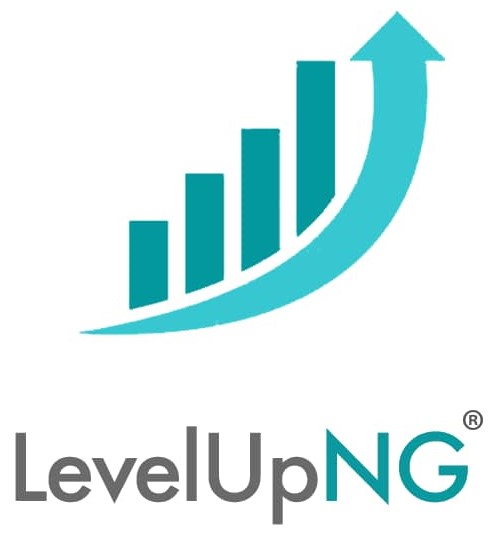Accounting is a daunting task that every business owner dreads but it is an essential part of running a firm. Automated accounting is the way to go in the digital age.
The shift from manual to automated processes has been gradual in today’s environment. From the way we run our homes to the way we do our jobs, there is a choice between adopting a more efficient way of doing things or clinging to the old.
For any organization, including yours, there has always been a need to understand the activities of the firm, as well as its cash flow and financial condition.
It is the process of doing accounting activities via the use of existing technology. A variety of functions, such as tracking and recording transactions and even generating financial statements, may be automated using accounting software that relies heavily on artificial intelligence.
As a business owner, there are so many things that require your attention, and while none of these can be left unattended to, there is a need to also create time for yourself. Automating your accounting tasks not only helps to free up your time, which makes you more effective, it also reduces human error, and ensures consistency.
So, here is a step-by-step guide to automating your accounting tasks:

1. Identify and prioritize your accounting tasks
The very first thing to do when automating your accounting tasks is to identify which tasks can be automated. As not all tasks can be automated, or is best left done manually, what should be done by you is to figure out which tasks;
• are done on a repetitive basis, i.e. tasks that are so commonly repeated,
• do not require a very concentrated level of human touch, And
• don’t require a high level of creativity.
Picking out the tasks that meet these criteria is the first step to automating your accounting tasks.
2. Find the right automation tools.
Understanding that we live in a digital world, we must be able to identify and pick the right automation tools to use in making our financial accounting journey better. There are several automation platforms created just to make your life better.
Find the best tool for you to use, and begin your journey to better business life.
3. Assign someone to it.
One of the primary benefits of automating your accounting processes is the resulting time savings. However, there is a need to monitor the process to ensure that there are no mistakes or difficulties. This is a critical step in the process, and assigning someone to oversee it is crucial.
4. Organize a process flow.
Automating your accounting duties begins and ends right here. Workflows, or the sequence of events that lead up to an automated process, are required for every automated job. Workflow patterns must include:
• A trigger: This serves as a catalyst for the automation process to begin. The very first step in the workflow processes.
• Action is taken: This is in response to the trigger. It is the action taken as regards to the issue faced.
• The result is seen: After the trigger, and action has been taken, the aim of the task is seen.
At a core level, all processes must include this in order to function properly
5. Validate your workflow.
As soon as the process has been established, it’s time to assess its efficacy. Several accounting tasks can be automated, ranging from Payroll to Financial reporting, Accounts receivable, Accounts payable and, much more.
At LevelUpNG, not only are we able to help you effectively, we leverage industry-related expertise and battle-proven know-hows to guide you through the accounting function in your business. A clear and well planned blueprint, continuous maintenance, and on-the-go support — that’s what you get when you partner with us.
Get the full finance help your business needs. We offer awesome services to help you make smart business decisions based on your numbers.

